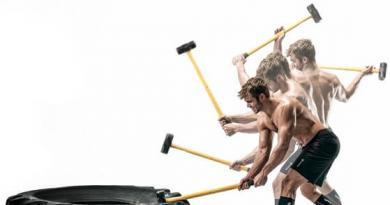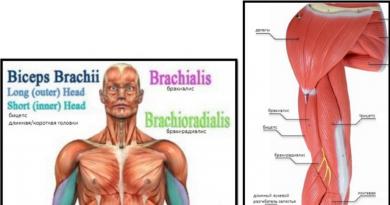We tell you how to properly measure body parameters in order to track the results of a balanced diet and training.
Do you measure your body parameters? If not, then definitely start doing it.
If your goal is to lose weight or build muscle mass, measure your parameters before starting a program of work on yourself. Many are accustomed to tracking results with the help of scales. But this traditional way is not an accurate indicator of overall progress. Measuring the volumes of body parts will help to keep a more visual record of the results.
Keep a journal and write down your observations of changes. This will not only give you extra motivation, but it will also help you to re-track the results of your actions if you decide to take a break and move away from training for a while. Keeping a journal will not take you much time, and the benefits of it will be invaluable.
When the enthusiasm from the first workouts starts to disappear, take a look at the magazine. What you have already achieved will not let you deviate from the goal on the way to a slender body.
Now attention! Here's how to accurately measure your body from head to toe.
Consider the body by zones:
Neck. Many people begin to visually lose weight "from top to bottom." They primarily undergo changes in the face and neck. If you are one of them, use a centimeter to measure the volume of the neck. Measure the area in the middle of the neck and write down the result.
Shoulders. Those who set out to build muscle mass need to monitor changes in shoulder parameters. Stand up straight and ask someone to measure the circumference of your shoulders with a centimeter.
Breast. This part of the body is correctly measured as follows: wrap a centimeter around you at the level of the nipples. Fix the data.
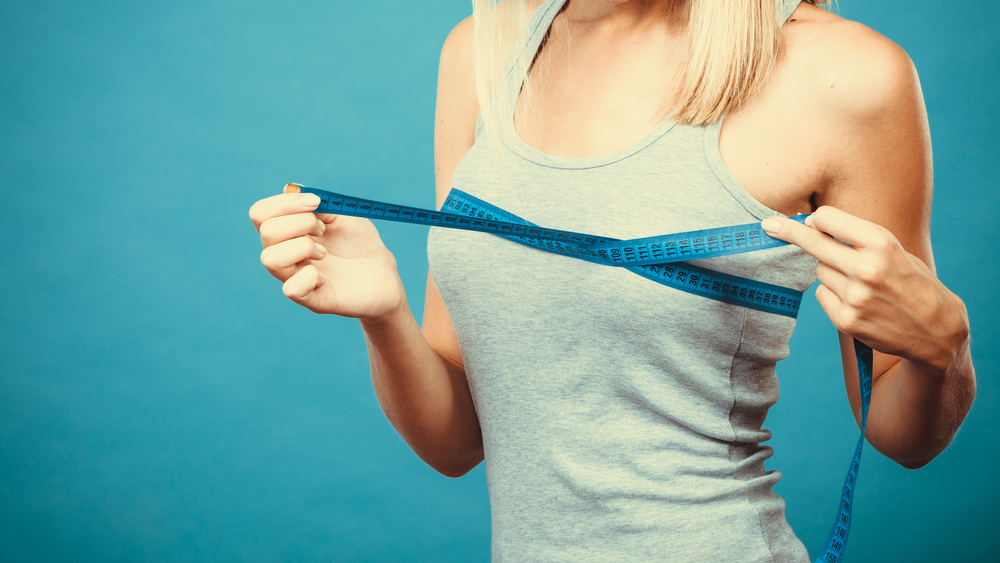
Biceps. When measuring this area, consider 2 parameters. First, measure the muscles in a relaxed, and then in a tense state.
Waist. For accurate readings, wrap the tape measure around your waist at the level of your navel.

Hips. The most correct area for measuring the volume of the hips is their widest part. The pelvic bones will serve as a guide.
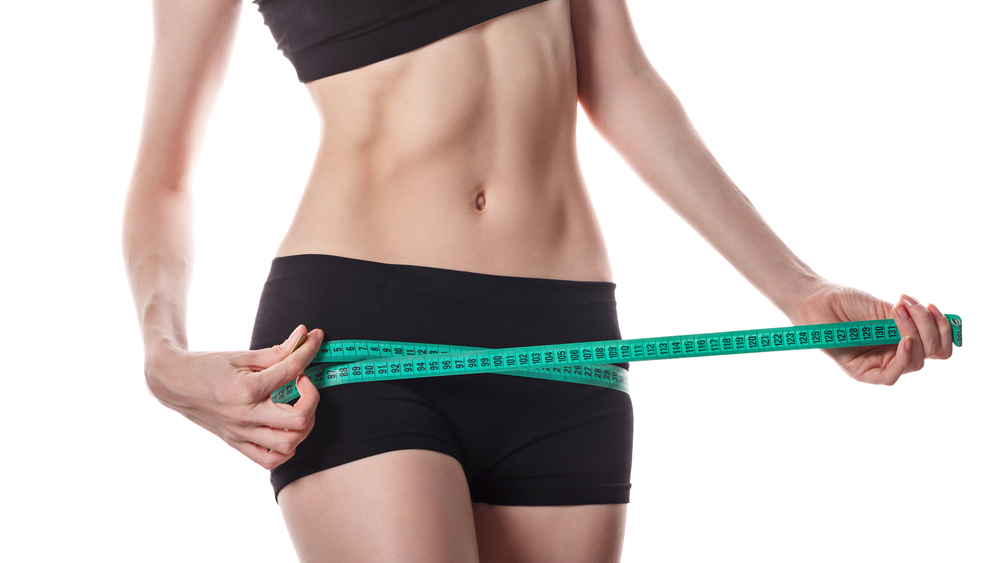
The area from the hips to the knees. To correctly measure this area, find the middle between the thigh and knee. Measure this part of your body in a relaxed state, without straining the leg muscles.
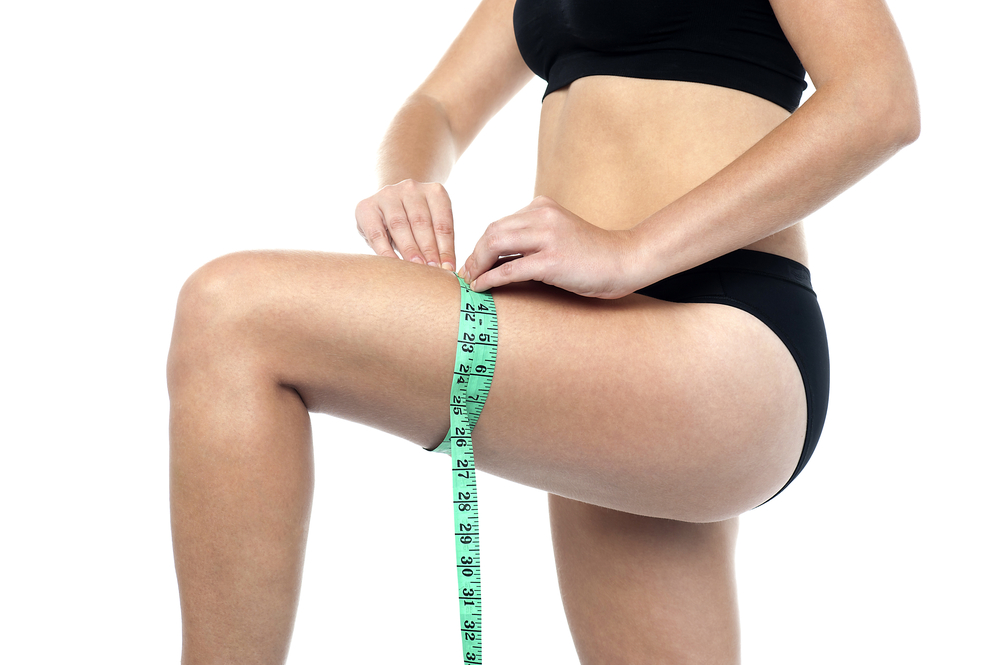
Leg calves. The change in these parts of the body is negligible even with intense physical exertion. And yet, do not be lazy. Select the widest part of the calf, measure and record the result in a journal.
We advise you to measure body parameters after waking up. In the morning, our body is not yet burdened with food that it will receive during the day. Thus, you do not risk adding a couple of extra centimeters to the magazine, for example, in the waist circumference.
Repeat "measurements" of your body every 10-12 weeks. It is during this time period that the body manages to adapt to the new training regimen, and we can talk about any visual changes.
Do not be discouraged if the first time the results are insignificant. Even this is a big victory over yourself. Rejoice in the smallest changes in your parameters, praise yourself for achievements and move on.

